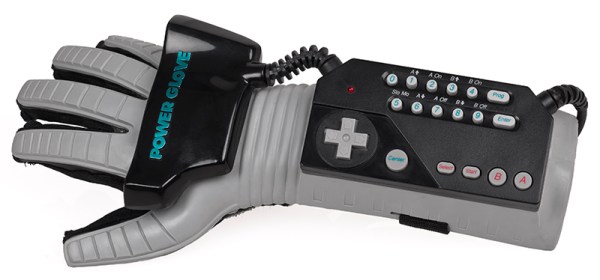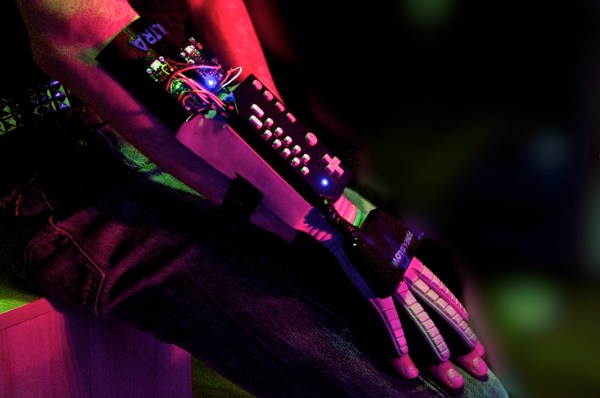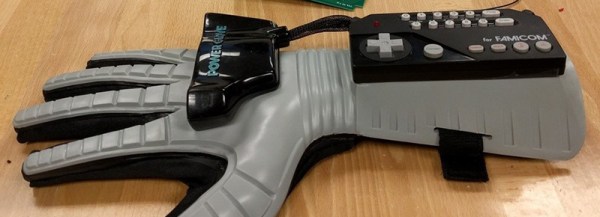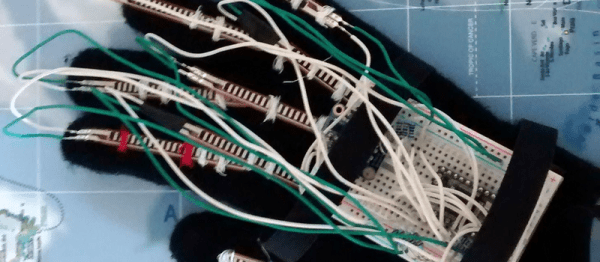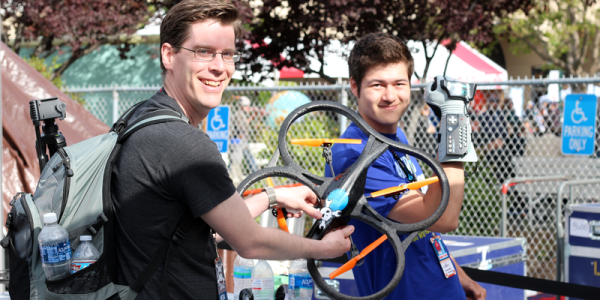In case you’re not a ’90s kid, the Nintendo Power Glove is the greatest device for human-computer interaction ever created. It’s so good, they called it bad, and then they made a movie about it. At its heart, the Power Glove is just some force sensors in the fingers of a glove, but that hasn’t stopped hackers from cracking these gloves open for years. We’ve seen the Power Glove used in Hackaday Prize entries before, we’ve seen it control quadcopters, we’ve seen it used as a Vive controller, and the Ultimate Power Glove comes loaded up with Bluetooth, motion tracking, a 9-axis IMU, and a 20-hour battery life. With all these Power Glove hacks, what more can be done?
Surprisingly, we haven’t seen a Power Glove hack that transmutes this icon of cyberpunk into a usable keyboard and mouse. That’s exactly what [Scott] is doing for his Hackaday Prize entry, and the results are looking good so far.
First up, the mouse. This is actually a joystick-based version of cursor control, capitalizing on the force sensors in the Power Glove to register clicks. Add in a button, some perfboard, and an Arduino, and you have a USB input device that can control a cursor. Without any good solution for a small keyboard, [Scott] turned to a normal ‘ol Bluetooth keyboard mounted to the Power Glove’s wrist.
It might not be as fancy as the great Power Glove hacks out there, but this is certainly the most useful. Who wouldn’t want to wear their keyboard and mouse at all times, all while looking like they stepped out of a time machine controlled by a Commodore 64? This is the heights of early ’90s futurism, and a great entry for the Hackaday Prize.

